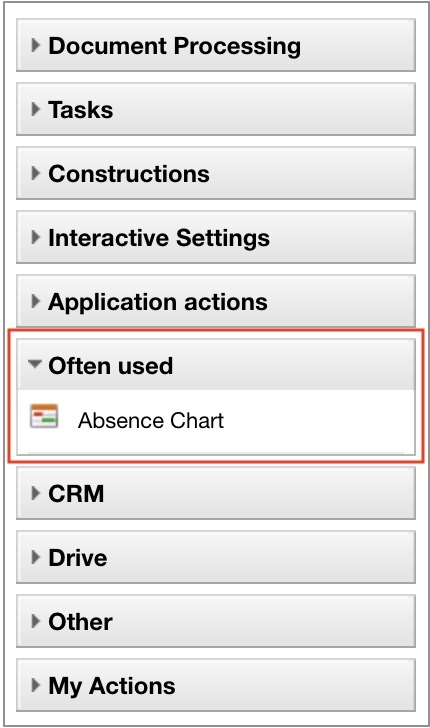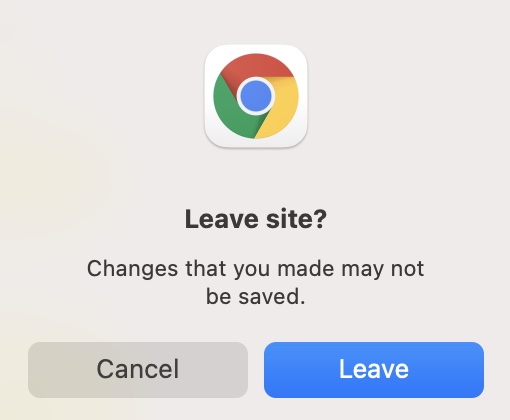|
Creating custom groups of actions in the action panel
|
|---|
Group actions into custom groups. Modify the .description.php config file, located in the specific action folder (bitrixactivitiesbitrix).
'CATEGORY' => array(
'ID' => 'document',
"OWN_ID" => 'crm', // ID for newly created action group
"OWN_NAME" => 'CRM', // group name to be displayed in the visual editor
),
As a result, we'll get the following action groups.
|
Last Modified: 01.09.2021
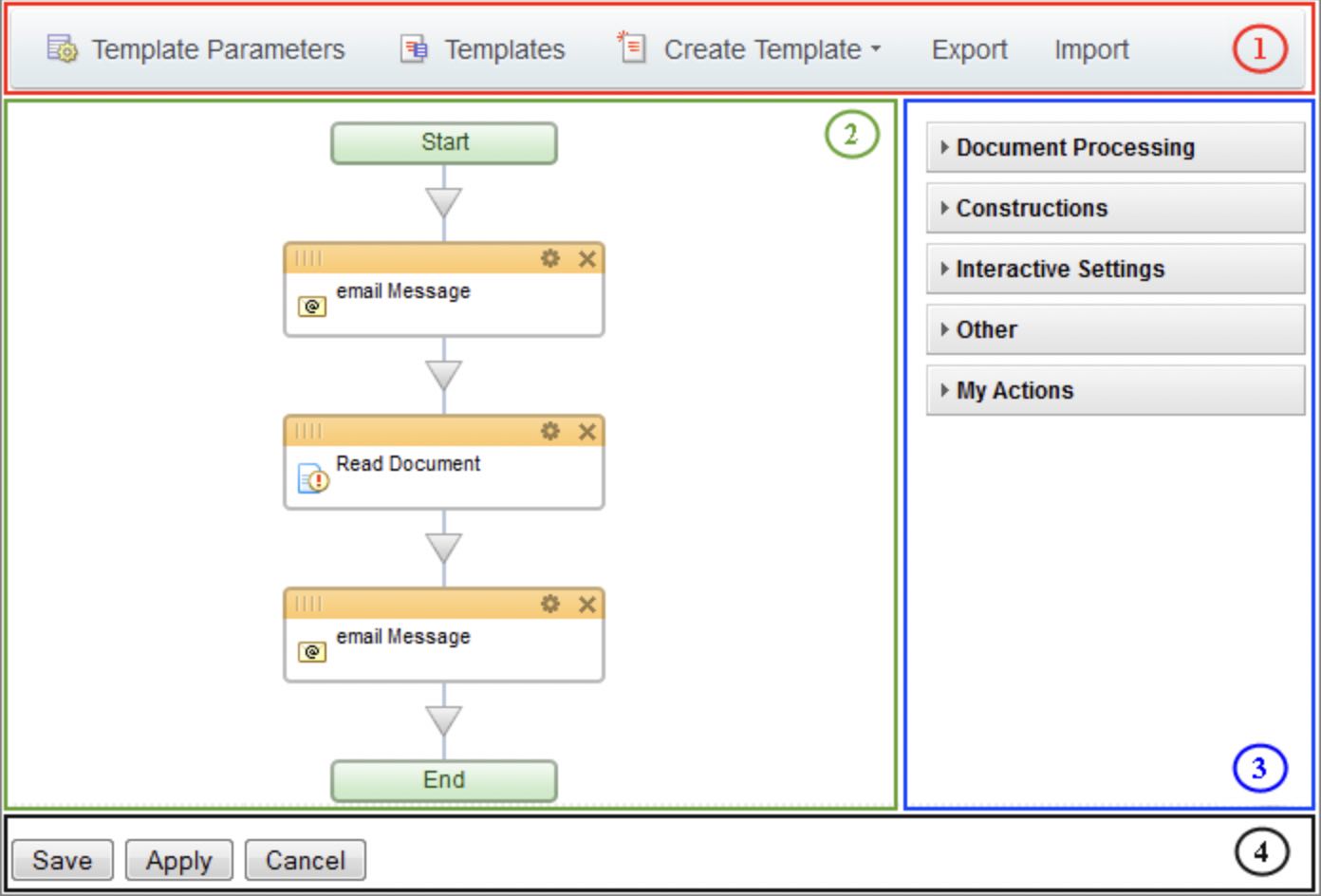
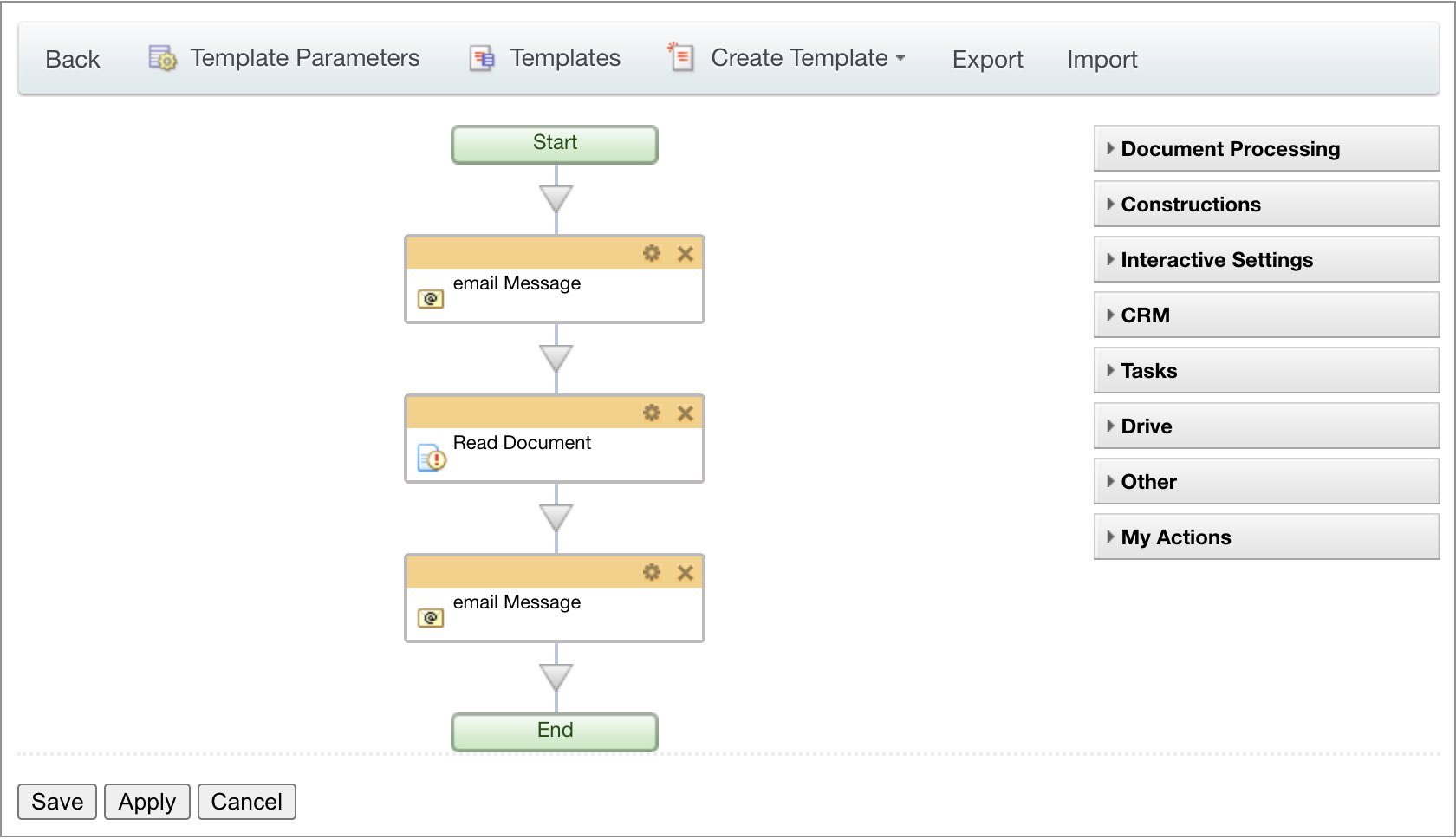
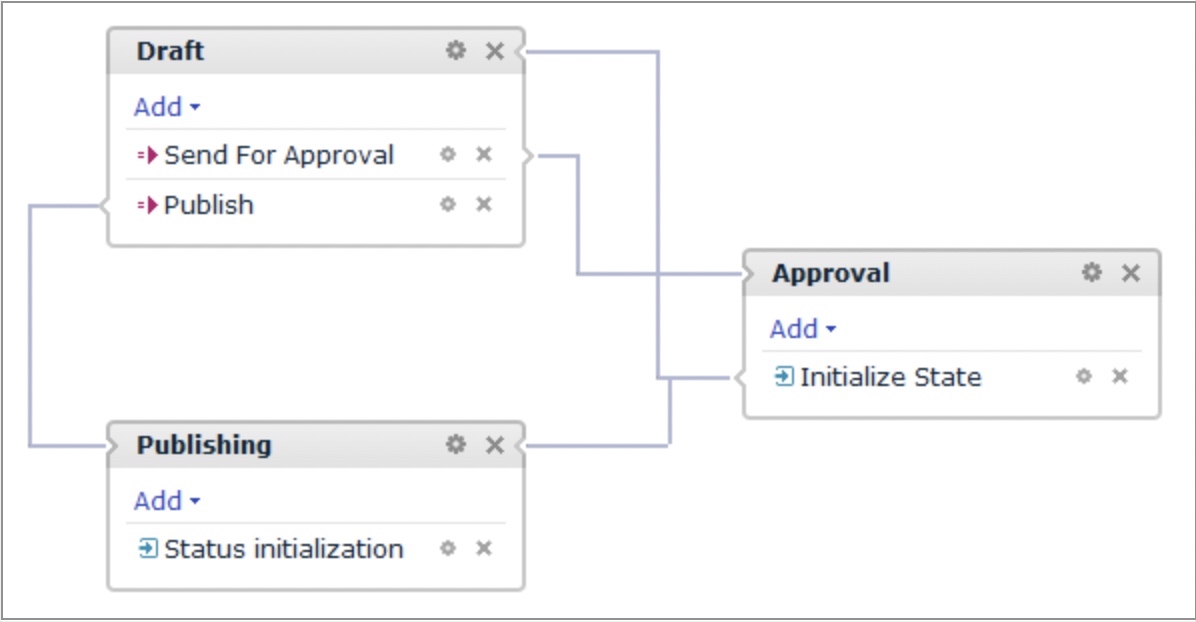
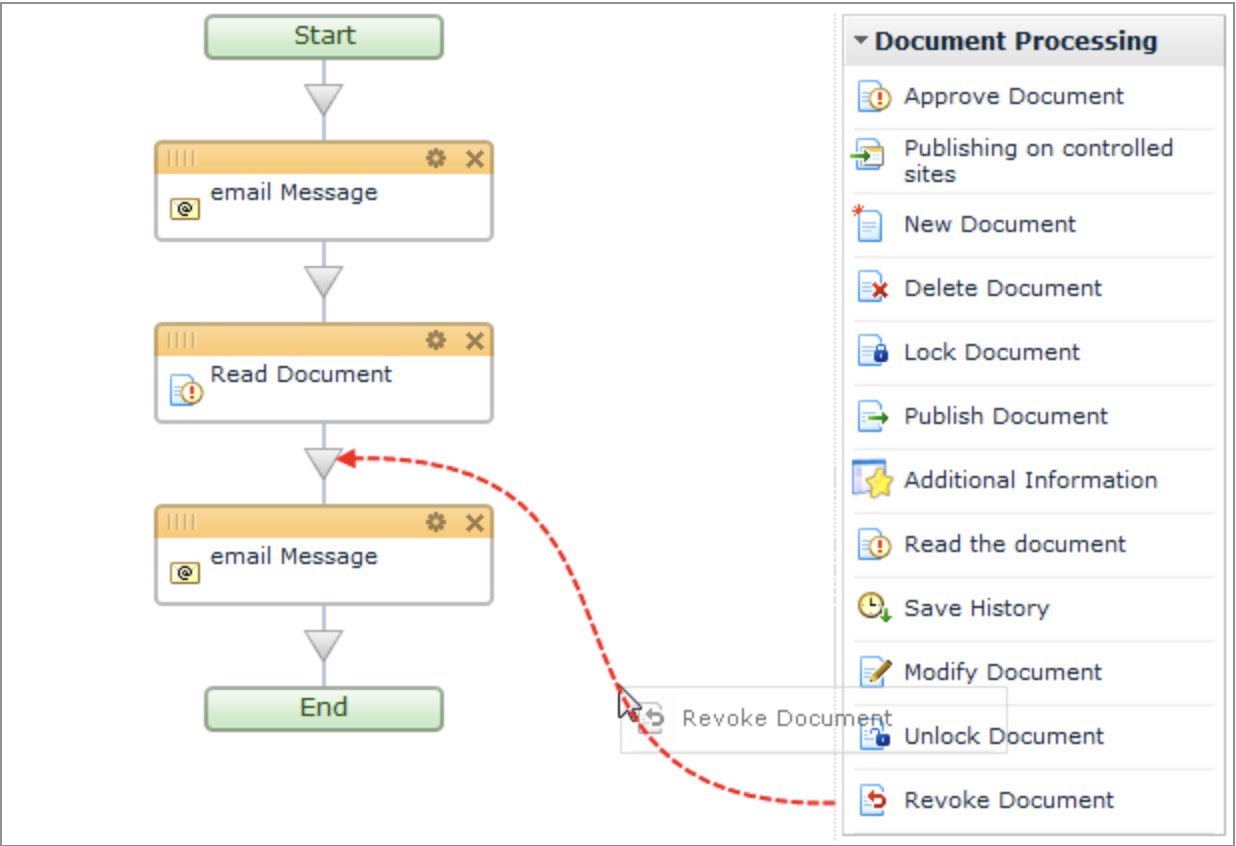
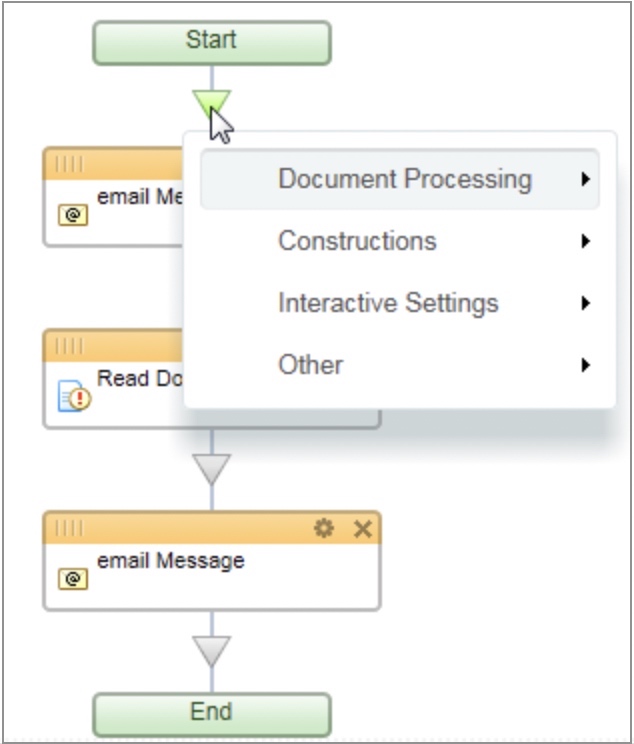
 deletes the action, and for detailed configuration of template's action - button
deletes the action, and for detailed configuration of template's action - button  . Some actions are
. Some actions are

